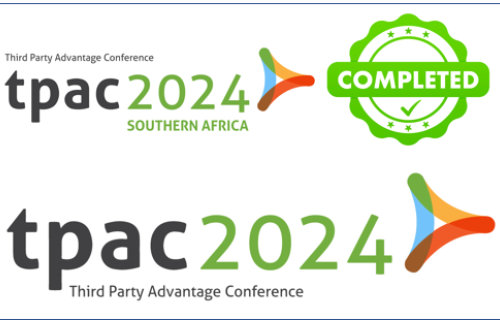When the COVID-19 pandemic pushed the Remote Working accelerator pedal flat to the floor, it dragged the Paperless Office along in its wake. The two concepts go hand-in-hand, and have featured prominently in Orchid’s articles, with these being just some examples:
With last month’s Orchid Webinar, Spotlight on Document Management Link for Sage 300, fresh in our minds, it seems a good time to have a closer look at the history and status of the Paperless Office.
Chapter One – An origin story
Credit for first use of the concept is generally given to George E. Pake of Xerox Corporation. When interviewed for a 1975 Business Week article called “The Office of the Future", he predicted that paper usage in offices would decline as information became digitized.
This seems a little ironic, given that Xerox might have had a vested interest in increasing paper use, but Pake and others were reading the tea leaves. His Palo Alto Research Center was helping to steer the company in a new direction, preparing for what he saw as a coming revolution in office systems.
He saw a future with a TV display and keyboard on his desk:
I'll be able to call up documents from my files on the screen…I don't know how much hard copy I'll want in this world.
Chapter Two – The paperless pitch
While environmental benefits have become more prominent in the pitch for the paperless office, as we try to save the planet one tree at a time, the true drivers are more prosaic.
Like most major shifts in societal and business practices, the starting point was self-interest. Virtually all the many benefits touted decades ago could be lumped into one or both of the following categories:
- Time Savings: Streamlining workflows by eliminating the need for manual handling, storage, retrieval and distribution of paper documents.
- Cost Savings: Reducing or eliminating the need for paper, ink, printers, copiers, physical storage and document distribution.
Chapter Three – The enablers come of age
Pake’s 1975 vision for the future office proved to be prescient, but many of the tech advances that have enabled the shift were barely a twinkle in his eye back then. Almost half a century later, ideas that lived in the sci-fi realm for visionary baby boomers are taken for granted now. Prominent examples include:
- The rise of personal computing: The proliferation, miniaturization, and increased affordability of computers in the 1980s and 1990s saw Pake’s office of the future become today’s reality. (We recently published an article on Moore’s Law, which pre-dates Pake’s interview by a decade, and is relevant here.)
- Digital document management: The 1990s saw more and more organizations start to scan and store paper documents electronically, facilitating the transition from physical filing cabinets to digital repositories.
- Internet and email: Their rapid adoption in the 1990s and early 2000s revolutionized communication, collaboration, and document sharing – as well as just about every other aspect of our lives!
With technology catching up with and overtaking the original 1970s vision of the paperless office, more specific benefits could be added to the list:
- Accessibility: Digital documents can be accessed from anywhere with an internet connection, enabling remote work.
- Searchability: Digital documents can be indexed, tagged, and categorized, making it easier to find and retrieve specific information quickly.
- Collaboration: Multiple users can simultaneously view and edit digital documents, reducing the need for physical handoffs and delays.
- Security: Digital documents can be encrypted, password-protected, and stored securely, reducing the risk of unauthorized access.
- Disaster Recovery: Regular backups and cloud storage solutions ensure that files are protected and can be easily restored if needed.
- Compliance and Record-Keeping: Digital documents can be more easily tracked, monitored, audited, archived, and disposed of, facilitating compliance with legal and regulatory requirements.
Chapter Four – Are we there yet?
So, with the benefits stacking up, and the necessary tools available, accessible, and constantly improving, why haven’t all businesses ditched their printers and gone fully paperless by now?
Are we on the home stretch toward an achievable, inevitable, endpoint? Or is the last step an illusion?
Major barriers frequently put forward are:
Legal requirements for physical document retention:
This can vary widely between jurisdictions. E.g. some may allow or even encourage digital records, while imposing restrictions on where those digital records are physically stored. This could have implications for businesses relying on cloud-based document repositories.
Comfort and familiarity with paper-based workflows.
Of all the barriers, this is the one that may prove to be the hardest to overcome. Let’s face it, sometimes it is more convenient and satisfying to settle down with a ‘real’ book than an e-book. Many will feel the same when it comes to business documents.
While the vision of a completely paperless office may not have been fully realized, the concept continues to evolve as technology advances, and as organizations seek more sustainable and efficient ways to manage information.
For now we might need to accept that many offices will stick with a hybrid approach:
The focus has shifted from eliminating paper entirely to optimizing workflows, reducing unnecessary printing, and embracing digital alternatives where feasible.

